This Old Smart House
Our house is old. City records show it was built in 1910, but that’s just the age the city assigned to all the houses older then that. Our neighbors, who have a house that started life as a mirror image of ours, have found old newspapers in their attic from the 1870s making that our best guess for the age.
In some cases having an old house is great: structurally the house is solid. Big chunks of our house were built with old-school dimensional lumber from the era when a 2x4 was actually 2 inches by 4 inches. We have walls with 8x10 angled beams in them. Our basement has 2 foot thick field stone walls. In the 19th century folks built things to last.
Of course, an ~145 year old house also has its issues. The house is on at least its fourth heating fuel source (I know where my coal chute is, do you?). The house wasn’t built with electricity in mind, and is on its third rewire. Some of our lights still have gas lines going to them.
All this old infrastructure makes adding some intelligence to the house a difficult task. A full rewire is out of the question, so we’ve tackled the process has a bunch of independent, incremental upgrades that can work together.
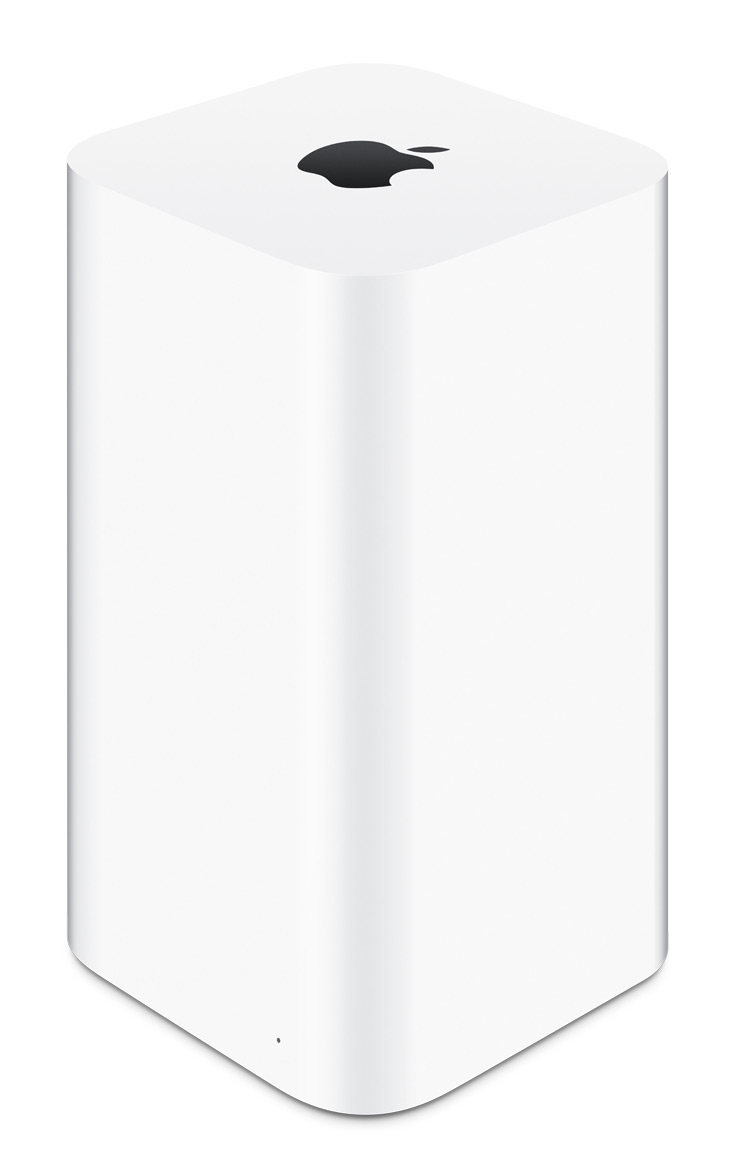
The house is big enough that we need two Airports to get good coverage. Luckily, the previous owners ran some Ethernet, all terminating in our electrical panel’s cabinet in the basement. This is the same place the Fios ONT lives, so the primary base station lives there. Using one of the existing Ethernet runs, we have the other base station at the other end of the house on the second floor. This combo gives us good coverage.
Rather then rely on WiFi for TV streaming, we use Actiontec MoCA bridges over an existing coax run (the previous owners ran coax to every room in the house) to connect our TV and its various devices.
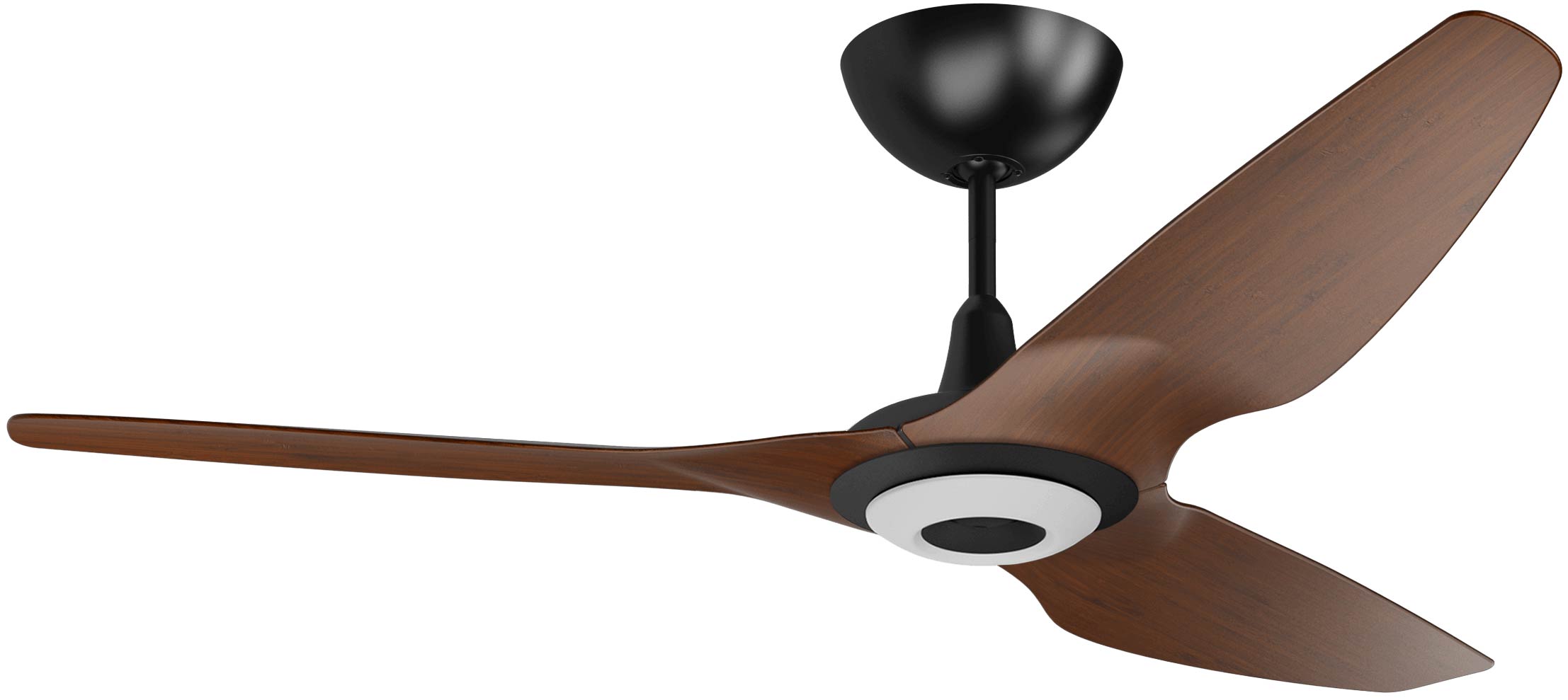
I liked the Haiku fans so much we used two Haiku lights in our basement bathroom renovation. They’re great because that part of our house is an extension of the original basement, and has a low concrete ceiling, so there’s no room for a traditional in-ceiling light. Here, we use the Haiku wall switch to control the lights via WiFi. It works perfectly, with no delay I’ve ever noticed.
We use four Nest thermostats to run our various zones (two heating only, and two heating + cooling). We’ve turned off all the learning stuff Nest has that doesn’t really work, and instead just set a schedule of what we’d like the temperature to be if we were home. We set the away temperature higher or lower (depending on season) and use the Skylark app on our phones to autoset home and away when our phones connect or disconnect from the house WiFi or when they go in or out of the geofence. This works really well and we don’t have to go through the hassle of setting or keeping updated a schedule on the Nests. One of Nests is hooked up to a Mitsubishi mini-split that acts as the basement’s cooling system with an adapter that Mitsubishi makes (PAC-US444CN-1). This is great because we don’t have to use Mitsubishi’s crappy remote, and it keeps all our HVAC unified.
We’ve replaced all our smoke detectors with Nest Protects. Because of the house’s age, there were no hardwired connections between the existing smoke detectors, so if one went off none of the other did. Nest Protects fix this by using radio to connect to each other. Nest also have a nice app, so when one Protect has a low battery, you can figure out which it is (assuming you remember what you named them) and not stand around in the middle of the night trying to identify what direction the beep is coming from.
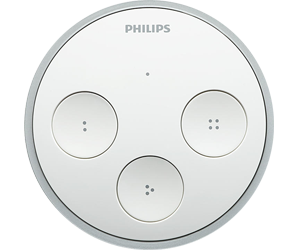
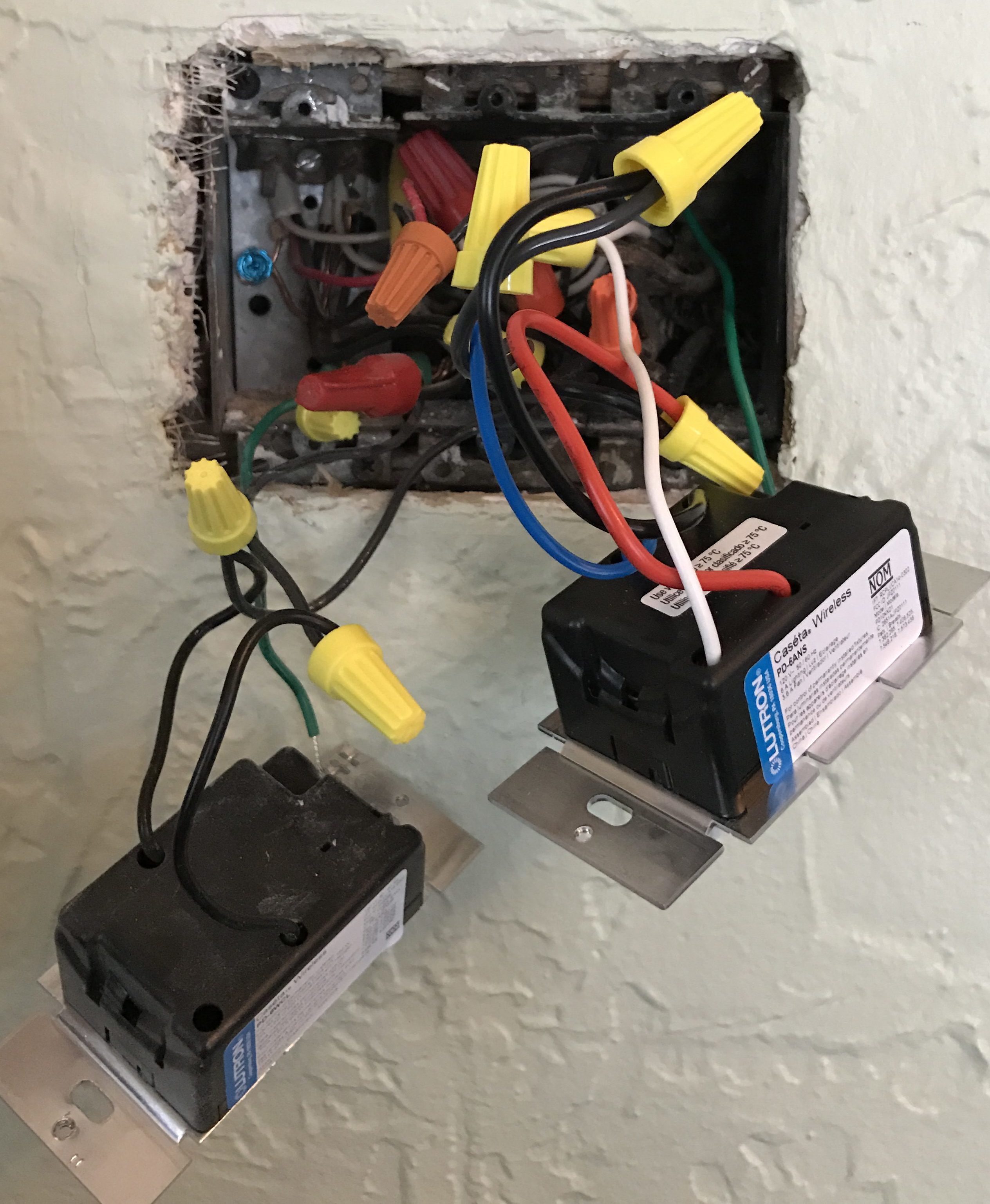
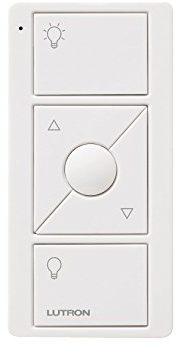
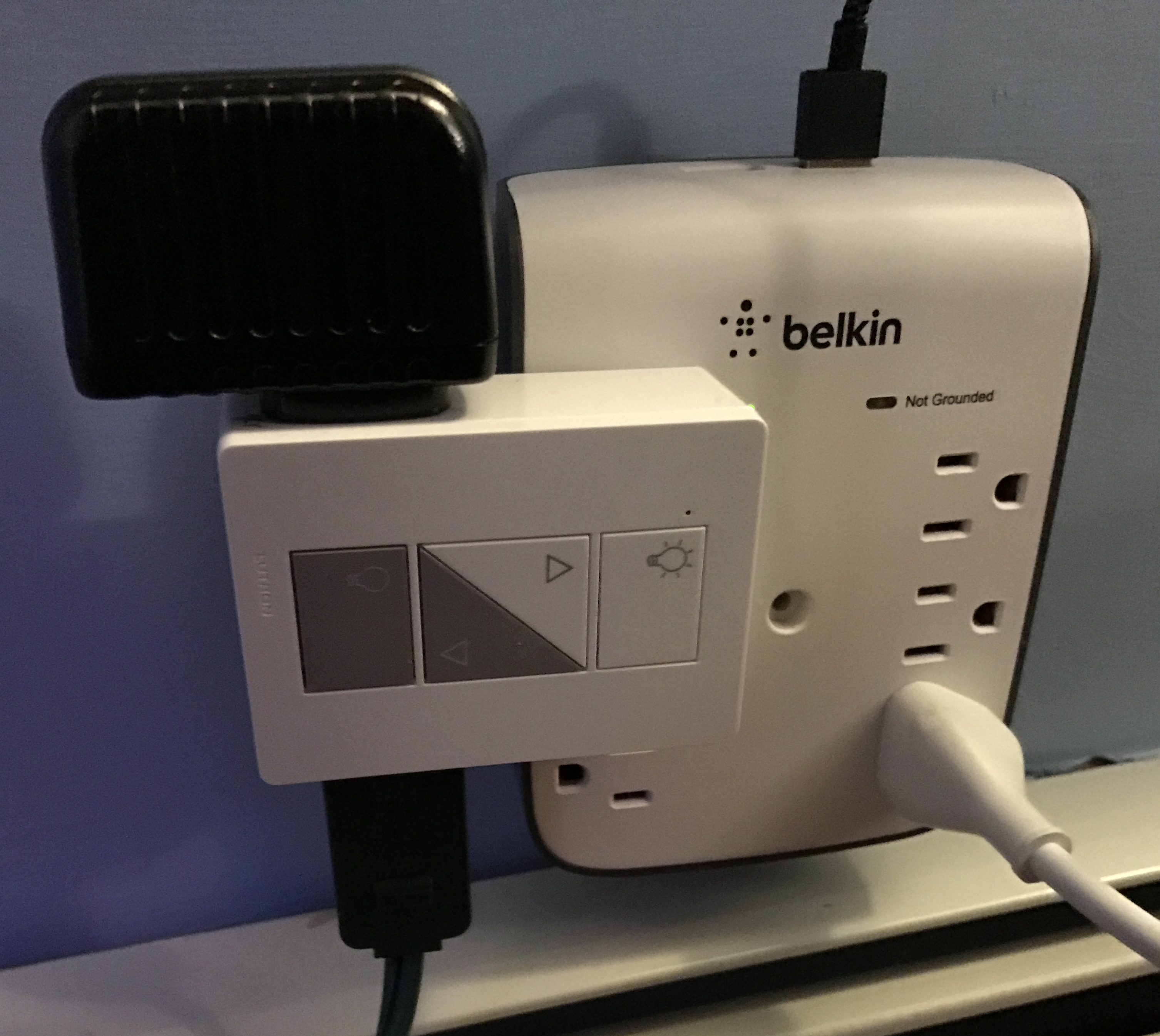
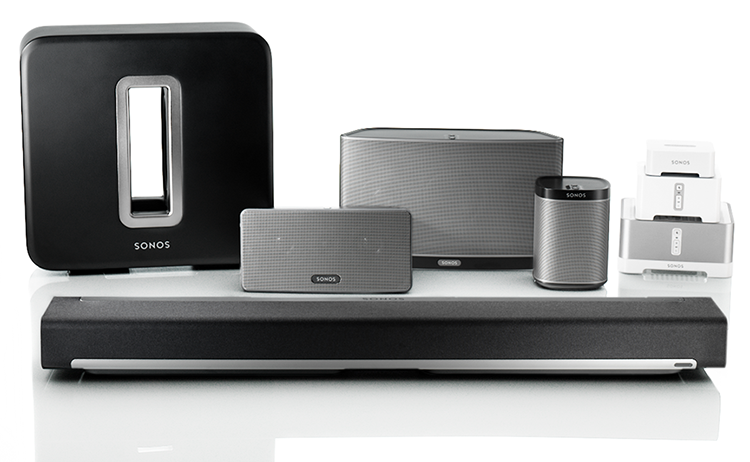
Lutron makes an Audio Pico remote which works with Sonos. We use one of these in our basement kitchen so we can control its volume without having to open the Sonos app. Everywhere else just using the buttons on the speakers works well.
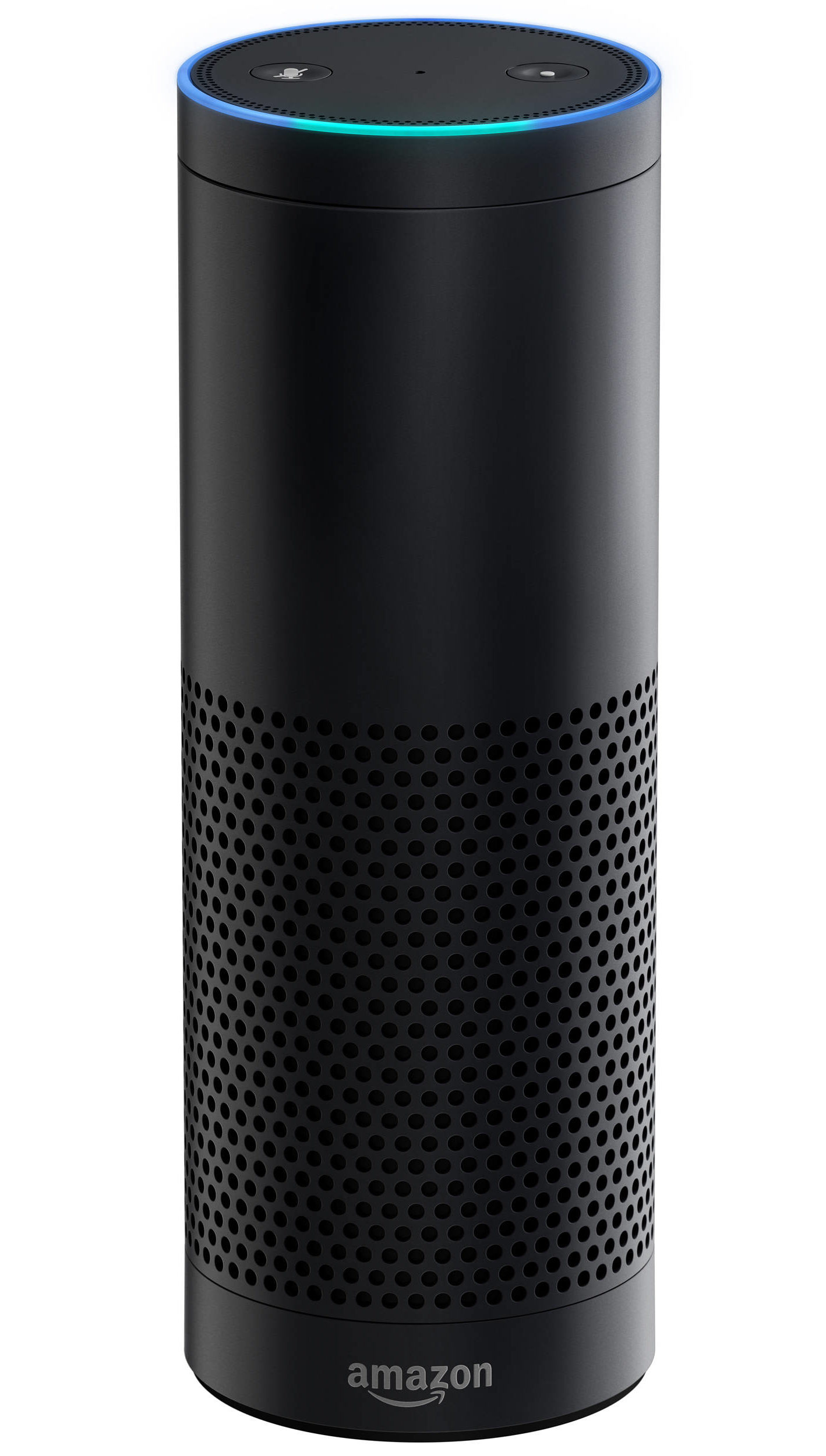
This works surprisingly well and it has become everyone’s main way of interacting with the lights.
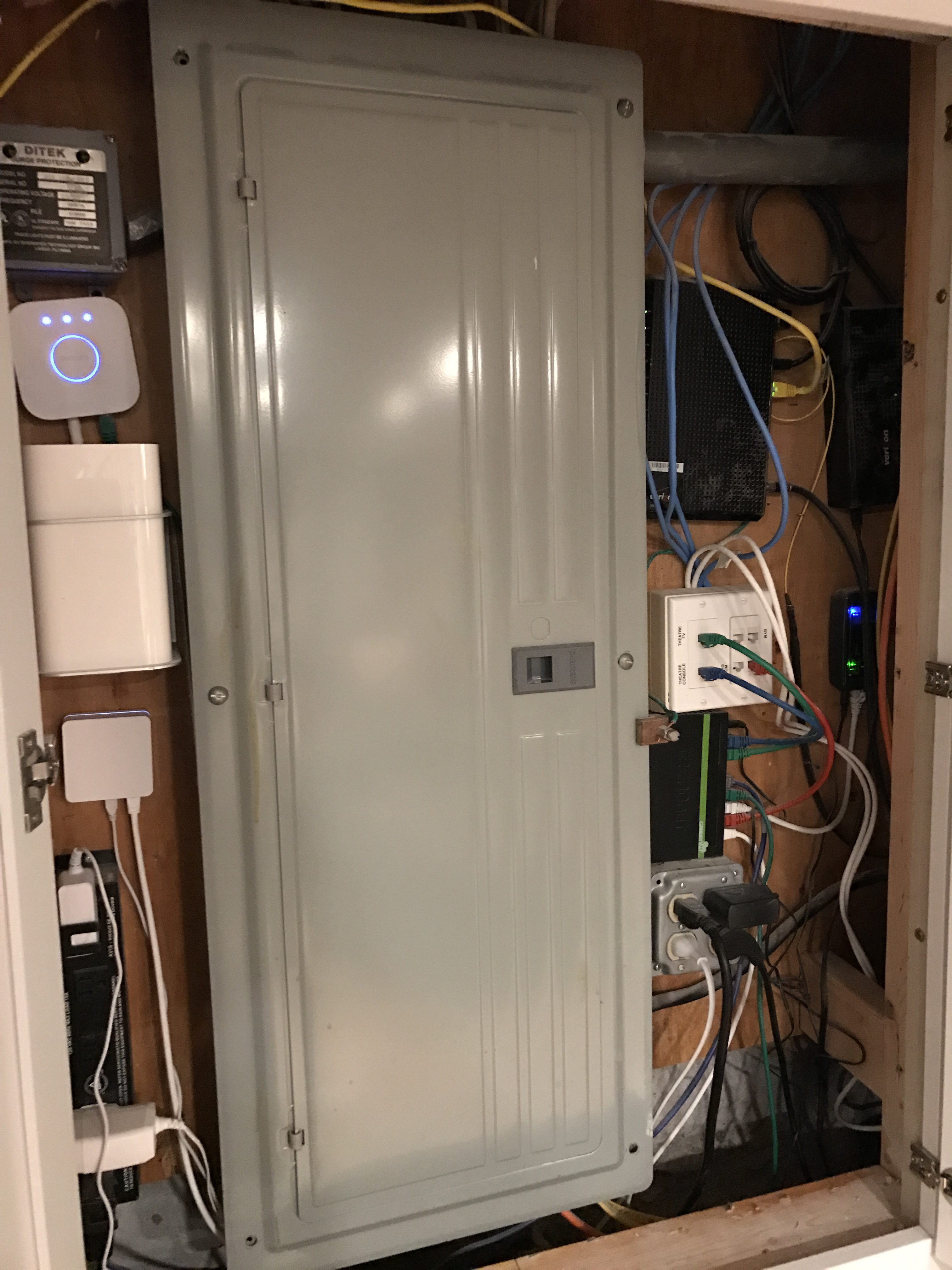
Using a bunch a disparate systems may seem insane, but it actually works really well. Other then the Echos, everything we have works with their corresponding cloud services are down. It also means that if one of the companies we rely on shuts down, we can just replace that piece of our house’s stack and everything else will still work. All this was also 100% installed by us. The most technical piece is changing out the light switches which just isn’t hard.
Plus, all this crazy tech lets us live in the Star Trek future. Sure, I might have to say “Alexa” or “Siri” instead of “computer”, but the lights still change and the music still plays. Living in the future is very, very cool.